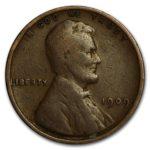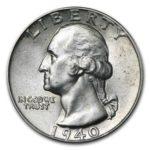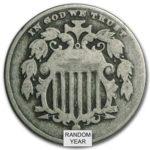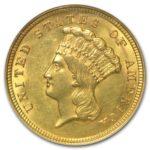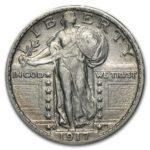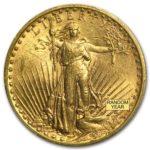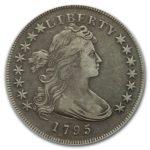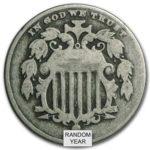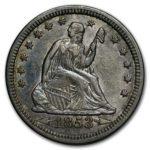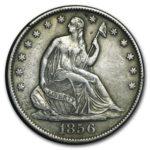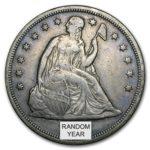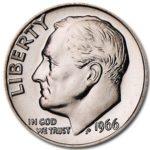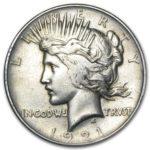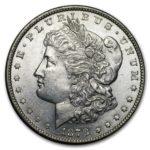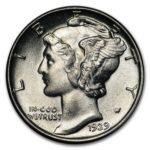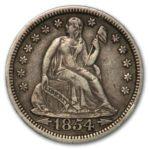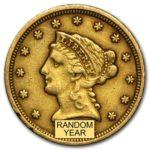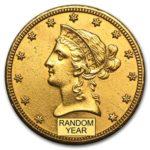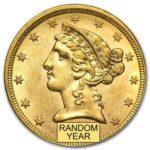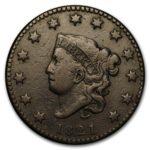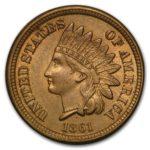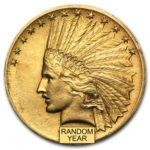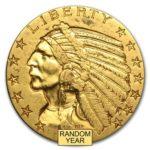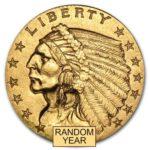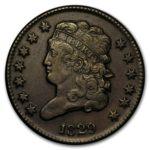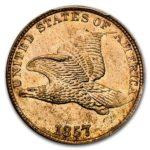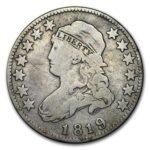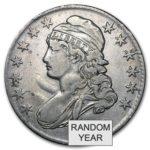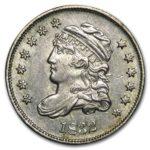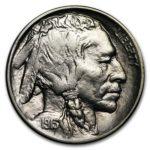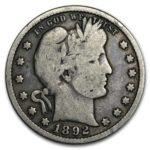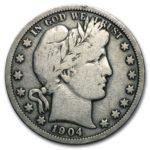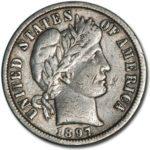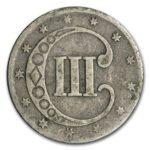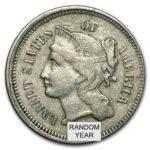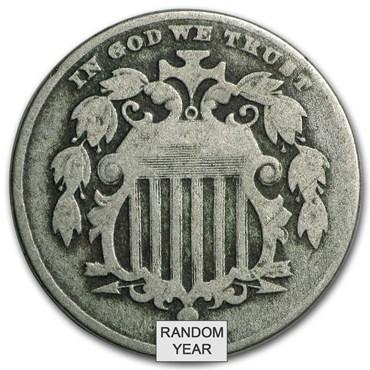
The United States Mint is nearly as old as the United States itself. After the founding of our country, the government realized immediately the need for unique coinage to build our national identity.
By 1793, the first United States Mint building in Philadelphia, Pennsylvania, was erected. This first facility was tasked with producing all of the country’s coinage, but before long was operating at full capacity, necessitating the creation of more facilities.
Since its founding more than 200 years ago, the U.S. Mint has produced many coins that are now greatly valued in the eyes of contemporary collectors. Among those is the Shield Nickel, a 5-cent coin that was produced in the middle of the 19th century.
The Shield Nickel is just one of the many five-cent pieces produced by our mint, but is especially romanticized due to the period of our history that it represents.
SHIELD NICKEL HISTORY
When the Shield Nickel launched in 1866, U.S. five-cent pieces had been in circulation since 1792. Originally, these coins were made of Silver and commonly called half dimes. When Civil War broke out in the United States in 1861, the U.S. Mint was forced to cease production.
For more than four years as the Civil War raged, people were forced to pay for goods by way of makeshift negotiable tools, including stamps and tokens. In 1864, Congress began the process of getting new coins into circulation and made initial moves to abolish the three-cent piece, intending to replace it with bronze cent and two-cent coins. Also in 1864, Congress authorized the creation of a new five-cent piece.
The new half dime was meant to feature an image of the famous explorer William Clark, but somewhere along the line that directive got muddled and the coin, when unveiled to Congress, bore the image of National Currency Bureau Superintendent Spencer Clark!
Mint Director James Pollock initially opposed circulating a coin made of nickel, but after he considered the success of the nickel three-cent piece, he changed his mind. Joseph Wharton, a major figure in the nickel industry at the time, is also credited with helping with the creation of a nickel-based five-cent piece.
When the nickel five-cent piece was initially proposed, it was designed to weigh about 3.9 grams, but the House of Representatives upped that weight to an even five grams. By the middle of May 1866, Congress sanctioned the creation of the new, heavier five-cent piece.

SHIELD NICKEL DESIGN
After the creation of the Nickel was sanctioned in 1866, United States Mint Chief Engraver James Longacre was pressed to conceive a design for the coin in great haste. Because of his limited time, Longacre decided to adapt the design of the circulating two-cent piece to suit the new five-cent coin.
The artwork on the Shield Nickel was altered slightly, so it is not identical to the two-cent coin’s design. Though Longacre proposed other more elaborate designs, Treasury Secretary Hugh McCullough decided the shield design was perfect for the obverse, while the reverse featured a simpler design showcasing the five-cent face value and what appeared to be sun rays.
Though simple in design, the images on the Shield Nickel are quite patriotic. The shield is a gentle derivation of the Great Seal of the United States and stands as a representation of strength.
The arrows crossed behind the shield do not represent aggression, but a willingness to defend the nation we love. Finally, the laurel branches are an ancient Greek symbol of victory.
As soon as the Shield Nickels went into production, it became obvious there were flaws in the process. The nickel planchets used to make the coins were tougher than what the mint machinery had previously handled, and as such, the five-cent piece dies wore down too quickly. The coin’s design, while admired today, was criticized during production.
These problems and criticisms help explain why the Shield Nickel circulated for fewer than 20 years.
POPULARITY AMONG COLLECTORS
The Shield Nickel is popular today for a number of different reasons, but mostly because of the history they represent. These were among the first coins produced post-Civil War and collectors desire coins with historical significance. Further, Shield Nickels were some of the first coins struck in nickel, something never seen before.
The design of the Shield Nickel, though criticized during its production, is now one of the factors driving its popularity with collectors. Shield Nickels may be well over 100 years old now but there are still pieces available in excellent condition. There were plenty of Shield Nickels preserved over the years and these coins make an excellent introduction to numismatics for new collectors.
| DATE | GOOD | FINE | EXTREMELY FINE | UNCIRCULATED |
|---|---|---|---|---|
| 1866 Shield Nickel | $30 | $50 | $160 | $240 |
| 1867 Shield Nickel | $35 | $65 | $190 | $285 |
| 1867 Shield Nickel (No Rays) | $25 | $35 | $65 | $110 |
| 1868 Shield Nickel | $25 | $35 | $65 | $110 |
| 1869 Shield Nickel | $25 | $35 | $65 | $110 |
| 1870 Shield Nickel | $30 | $60 | $90 | $140 |
| 1871 Shield Nickel | $80 | $150 | $280 | $350 |
| 1872 Shield Nickel | $35 | $75 | $125 | $175 |
| 1873 Shield Nickel (Close 3) | $30 | $60 | $140 | $200 |
| 1873 Shield Nickel (Open 3) | $30 | $60 | $100 | $140 |
| 1874 Shield Nickel | $30 | $65 | $120 | $170 |
| 1875 Shield Nickel | $45 | $100 | $160 | $220 |
| 1876 Shield Nickel | $40 | $80 | $145 | $190 |
| 1882 Shield Nickel | $25 | $35 | $65 | $110 |
| 1883 Shield Nickel | $25 | $35 | $65 | $110 |


